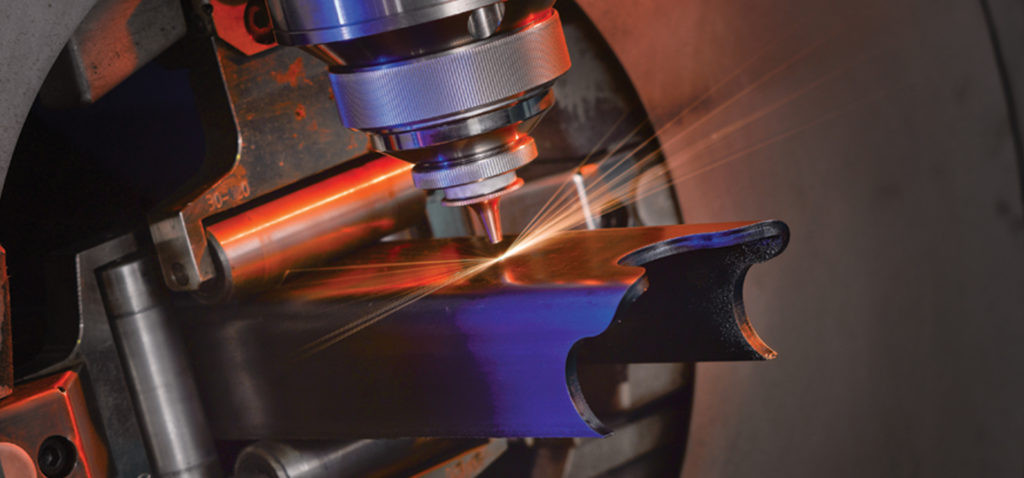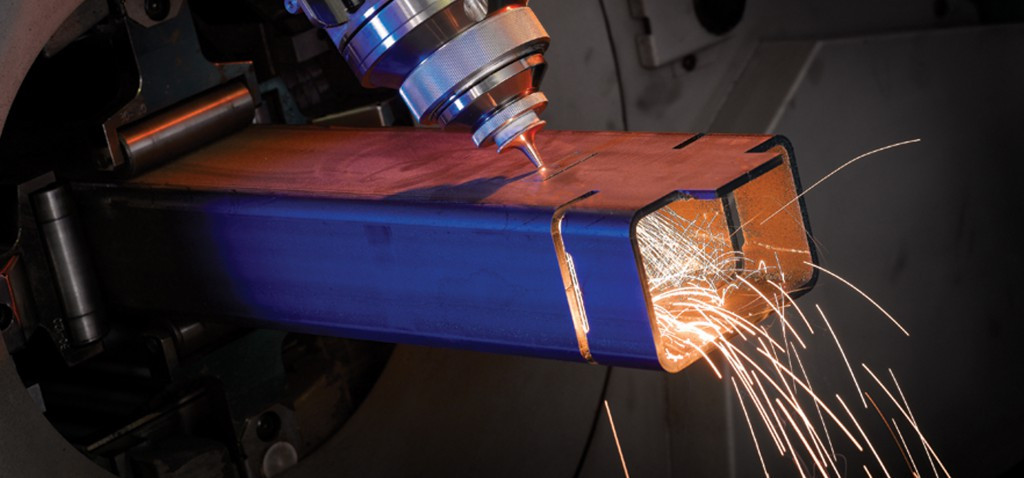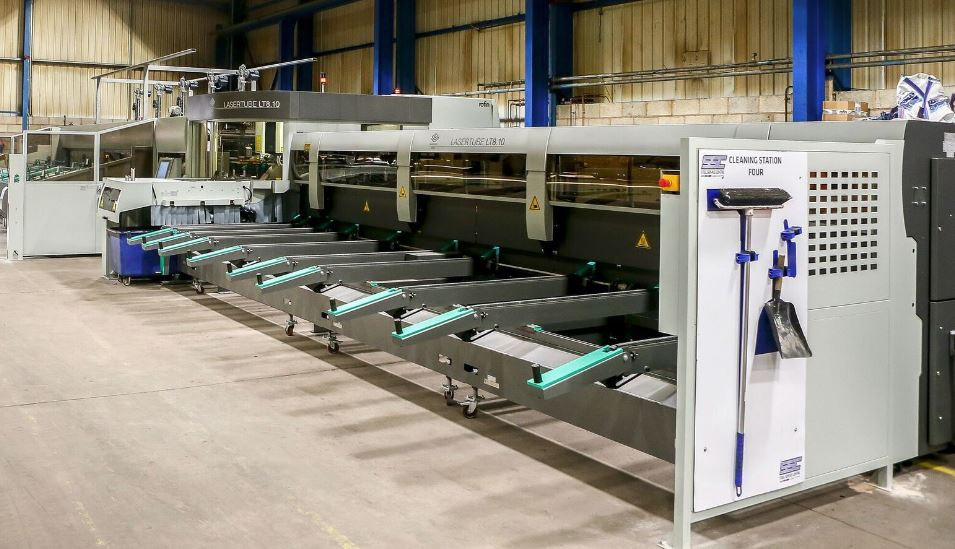Tube lasers have revolutionised the way design engineers are using box section and tubular materials. There is now no need to design using the constraints of traditional machining methods, and concern over the cost of complex parts due to multiple operations on separate machines is a thing of the past.
Batch size is now less important as economies of scale, although present, are far less than with other machining methods and small or prototype runs are affordable. Automated laser tube cutting machines can run high-volume parts with automatic loading and part unloading, while also being able to cost-effectively cut a low-volume component because of the fast setup and changeover times.

The greatest value of laser tube cutting becomes apparent when you take the laser's capabilities into consideration during a product's design stage. Speed, quality, flexibility and repeatability are benefits that can be used to the designer’s advantage. The modern product designer now constructs parts as a 3D model using software such as Pro-engineer or Solidworks. The construction industry uses Tekler for structural beams and roofing members, again a 3D modelling package.
All of these can easily export files in a format which can be imported into tube laser programming software, automating the process from design to product in a true CAD/CAM interface. Useable file types are .STP, .IGS, .X_T, and from Tekler .IFC.
Systems such as these now allow parts to be designed and manufactured without having to go through the stage of producing dimensioned drawings of a complex 3D part. Producing these drawings is very time consuming, and often difficult to represent if complex curves and compound angles are involved. Removing this step avoids the possibility of induced errors and speeds up design stages.
This allows designers to take advantage of complex geometries that enable components to fit or lock together into frames or assemblies, reducing traditional fixing methods such as riveting or welding.

Where components are welded, the ability to produce weld preps and chamfered edges as part of the laser process reduces secondary operations and increases the accuracy of welded structures.
Often components can be redesigned to be cut from one piece, rather than several pieces. Instead of cutting a frame from four separate parts mitred at each corner, it can be cut from a single tube that is notched and then bent to form a frame. This can reduce parts required in a Bill Of Materials (BOM) and produce a more accurate and stronger assembly. By utilising this, repeatability and accuracy of products can be vastly improved.
Designing for the tube laser cutting process allows a radius corner to be created from a square or rectangular tube forming an aesthetically pleasing and “safe corner“ on furniture etc. Without using a Tube Laser this could not be manufactured from a single tube.
Adding “tabs and slots” in varying forms to mating components can drastically reduce the number of secondary operations required to form strong, accurate joints between parts. These can be combined with flat parts to improve location, avoid setting out measurements, and remove jigging and tooling from assemblies. Once these ideas make it through to real-world products the benefits are immediate and often promote rapid change within an organisation’s design philosophy.
Industry sectors that are finding this new technology beneficial include yellow goods, agricultural machinery, architectural design, retail, furniture manufacture, automotive, catering, engineering, oil and gas, and construction.
For many of these industries, the knowledge that tube laser companies are at the forefront of process control and often integrate CE marking and ISO standards into the production process, is key to confidence in supply and quality.
As well as processing round, square, and rectangular tubing, a tube laser can also easily process other sections such as flat ovals, D-shaped tubes, elliptical tubing, and special shapes. Usually, product designers can shy away from these non-standard tubes as tooling costs can be high and they can be difficult to fabricate using conventional processes. Open section such as Angles, Channels, Flat Bar and some I-beams can also be cut, again expanding the design possibilities.

A tube laser cutter's speed and flexibility make it suitable as a rapid prototyping system. A part can be taken from concept to finished tube very quickly.
Even better, it’s possible to create a virtual sample with the software, simulating a cut part from the programed model which is dimensionally accurate to the “as cut” part, as opposed to the theoretical part. This can be exported back to the customer as an “as cut part” for integration into his original solid model. This virtual prototyping allows the creation of multiple prototype iterations, accelerating the completion of a final design without cutting a single part.
SSC Laser provides a broad range of Tube Laser Cutting services tailored to each individual customer’s specific requirements. For further information on how Tube Laser Cutting can help your business, please visit or call our HQ on 01889 270241.

